№ 127
In it for the moment: when it comes to music making, Estonian producer and DJ Jan Tomson aka Ruutu Poiss likes it raw, direct and melodic.
Dein Browser wird leider nicht mehr unterstützt. Für die richtige Darstellung unseres Shops , nutze bitte eine aktuelle Version folgender Browser. Chrome, Firefox oder Safari.
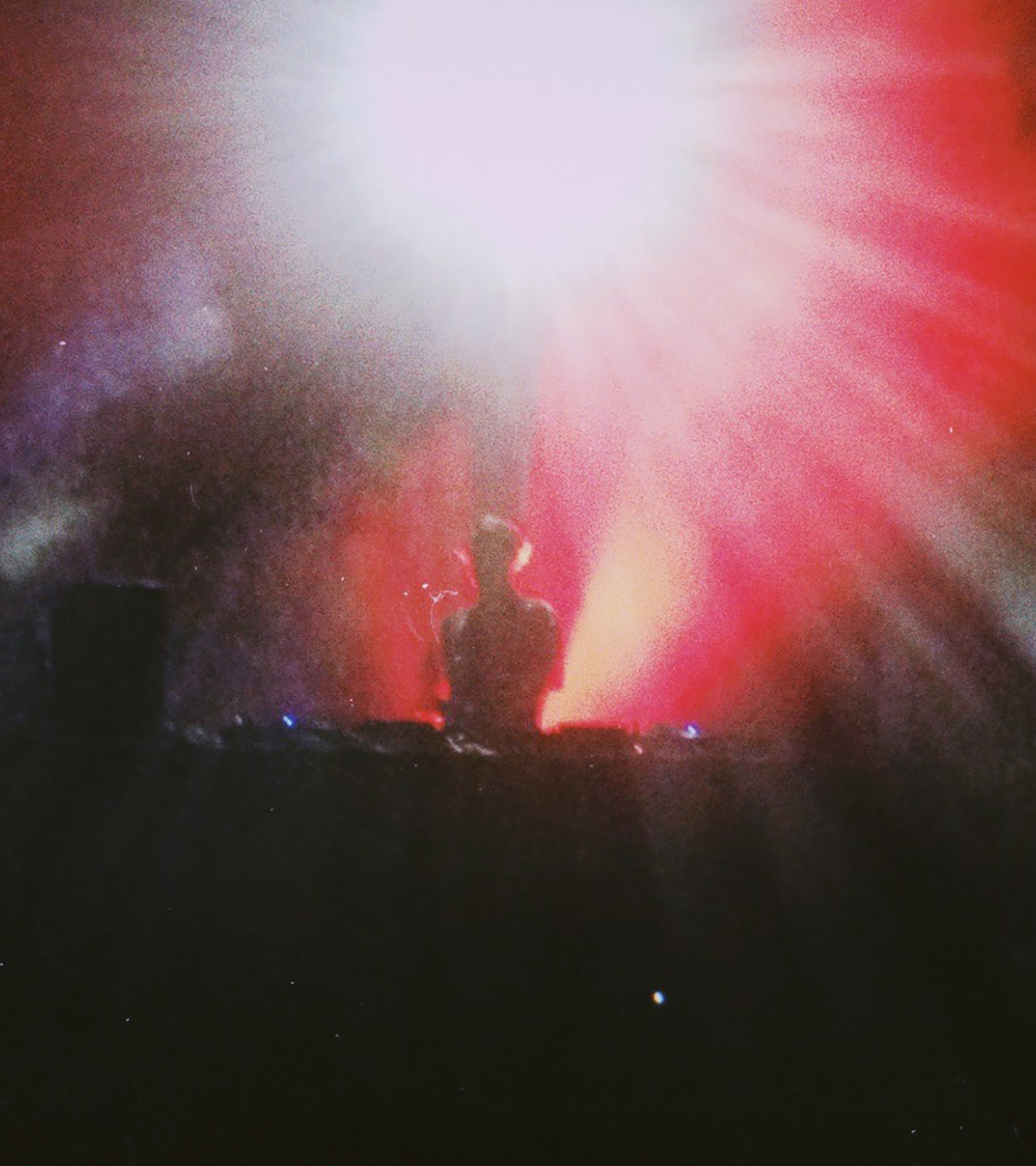
In it for the moment: when it comes to music making, Estonian producer and DJ Jan Tomson aka Ruutu Poiss likes it raw, direct and melodic.
“I’m just too impatient with learning technology and just want to explore things playfully and on my own terms and angle” the man from Talinn reveals. Since 2014 he has released music, initially on his label Rets Records. Two leftfield electronic 7inches that have it all: the funk, the will to explore, and a deeply touching ease.
Followed by several equally emotive EPs and 7inches for Vienna’s International Major Label and a slick rough riding 12inch for Jon Rust’s Levels imprint, he finally landed on Wake Dream, the label of Amsterdam-based DJ and Edmix N°123 host Orpheu The Wizard. “I gave Orpheu a compilation of leftover tracks, to which he responded that he had always wanted to run his own label, but never really found the music to put out, but that this is the one”. Ruutu Poiss, who is currently residing in Amsterdam, uncovers his relationship with the imprint that just recently published his second full-length album “II”.


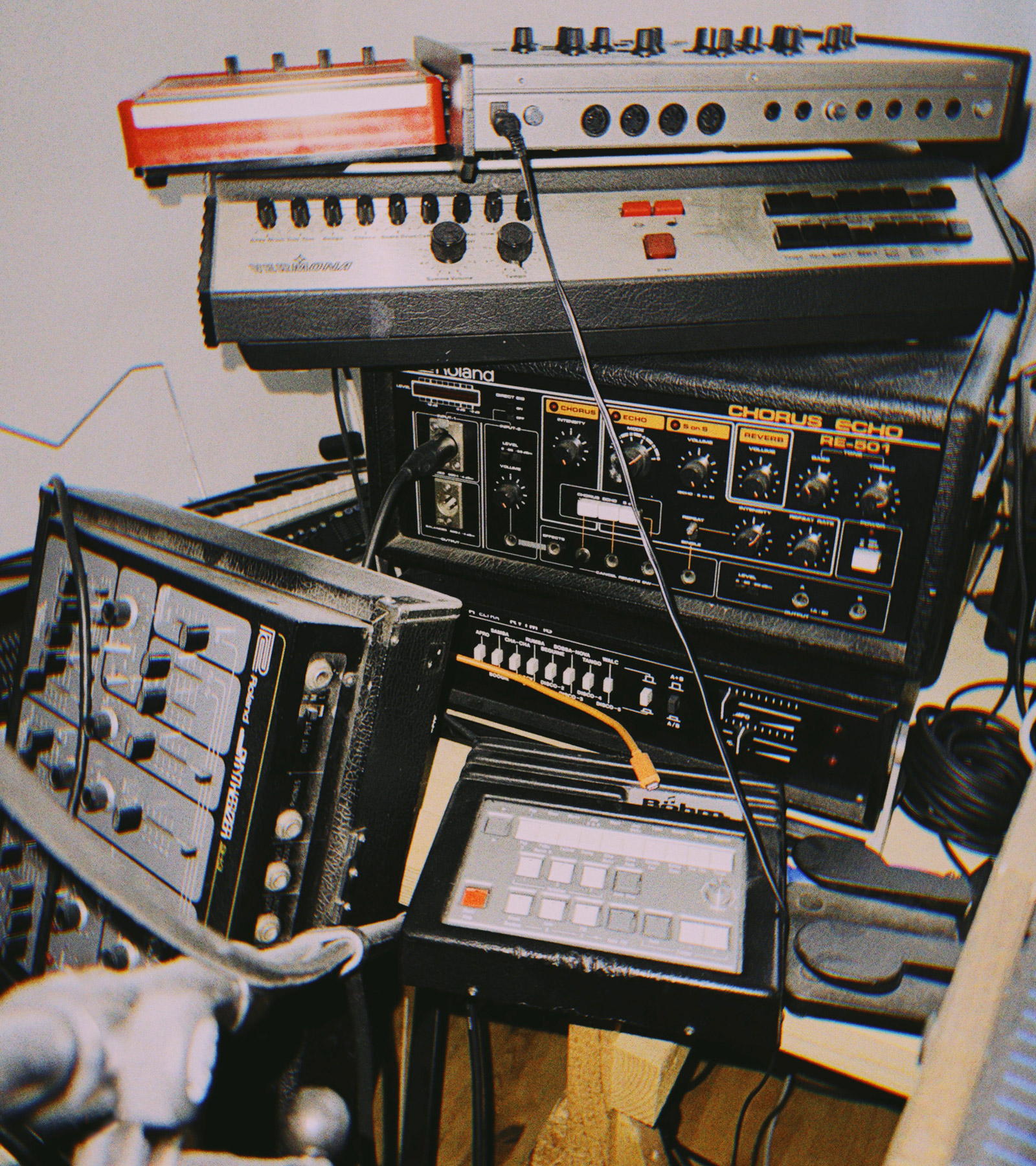

An album that is, as the label puts it, “as conceptual as it is emotional, with feelings of transformation and dreaming, hope and arrival, and an aesthetic that is both cinematic and hypnagogic, nostalgic and futuristic, it turns contradictions into harmonies, brings together the dark and the light, spinning and whirling freely around a steady core.” A description, that equally applies to his contribution to the EDWIN MUSICH CHANNEL series.
It’s a lively, surprising mix, bringing fresh music by Cologne’s DJ 2Beers, Bristol’s Memotone, a classic by Amsterdam’s Newworldaquarium, as well as his very own sound. As ever we spoke to our host. Read below what Ruutu Poiss told us about his early musical experiences in Estonia, his Amsterdam life in the Redlight Records circles, his superficial relationship with technology and his mix, which he describes as “a trip through a portal into a delirious midsummer solstice at a countryside with folk singers and melting drum machines, bassy worms and little synth bugs flying around.“
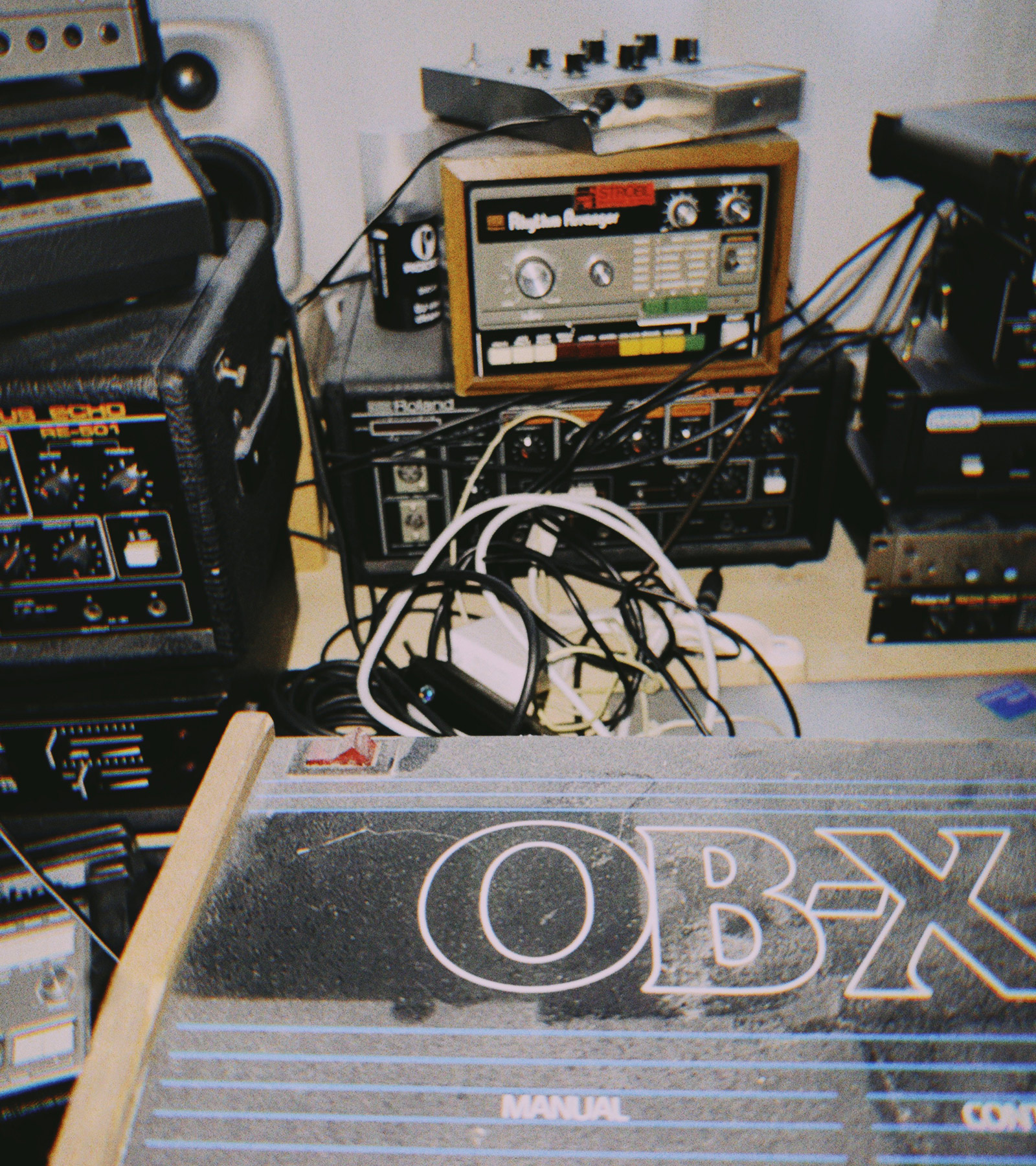

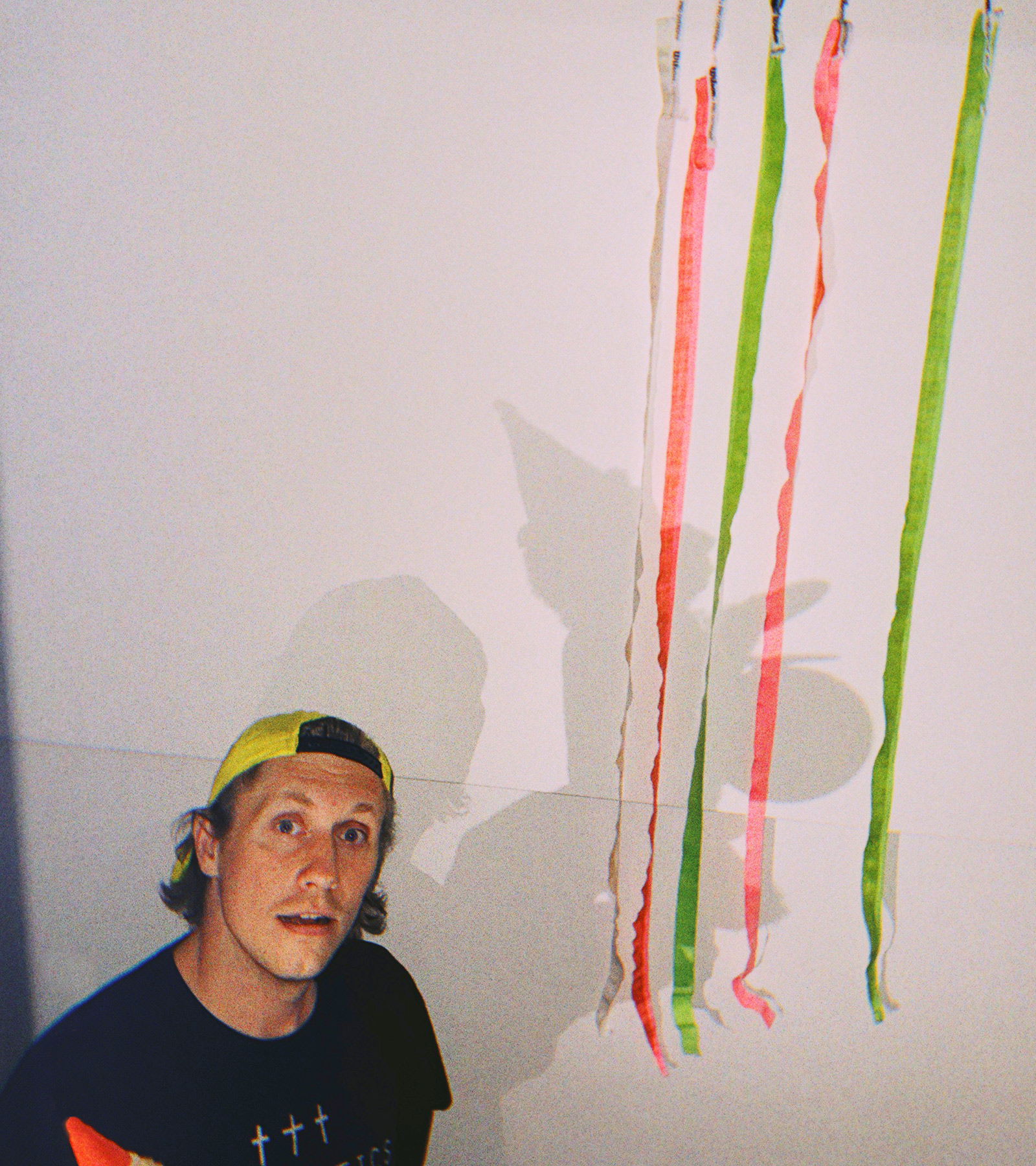
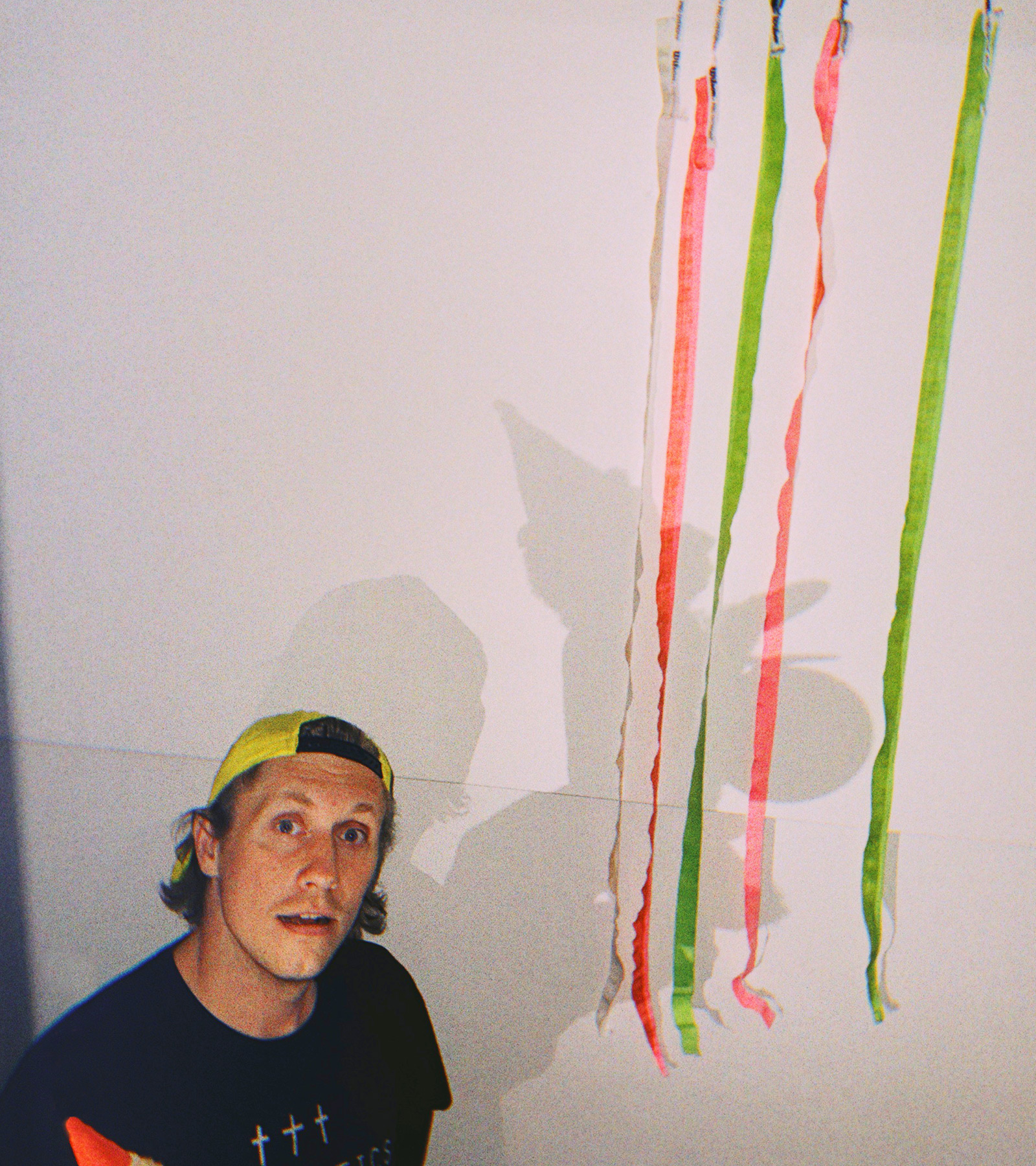
Q. Hello Jan, can you tell us a bit about your origin?
A. I come from Tallinn, Estonia and have lived between Tallinn and Amsterdam for the past ten years.
Q. Growing up, what music were you exposed to and what influenced you?
A. The school I went to had a specialization in music and I spent most of my youth being part of a somewhat professional boys choir. We sang choral music from medieval to contemporary and I think my pull for melodic and polyphonic music comes from there. Some of the older guys in the choir were into hip-hop already and then I picked that culture up. Hip-hop stayed with me since my teenage years for a long time until it mutated into other genres of interest. That’s kind of obvious also as musically (classic) hip-hop is such a cryptic collage. It’s intriguing because it is made of so many eclectic spaces – each sample comes from its own unique acoustic environment and narrative and when they get collaged together it becomes like a cubist artwork. The sonic perspectives are very irrational, but also stimulating. That awareness also made me realize that I don’t want to make my own music by sampling other people’s sonic spaces, but actually craft my own unique sonic signature and musical landscapes from scratch.
Q. Can you remember the first time you realized the power of music, and what were you listening to?
A. I think the strongest musical sensations still somehow relate to the choral experiences in my youth. The dynamics of a single voice a choir of eighty voices or a song festival with thirty thousand people singing together created equally powerful experiences. I also understood the impact of acoustics and the sensation of a well-timed pause as we got to sing in many amazing architectural spaces around Europe.
Q. What is the driving force of your creativity?
A. It’s just about being curious, intuitive and playful. I go a lot with a gut feeling, enjoying the high and low culture, awkward and pop, critical and naive, it can all coexist and interact.
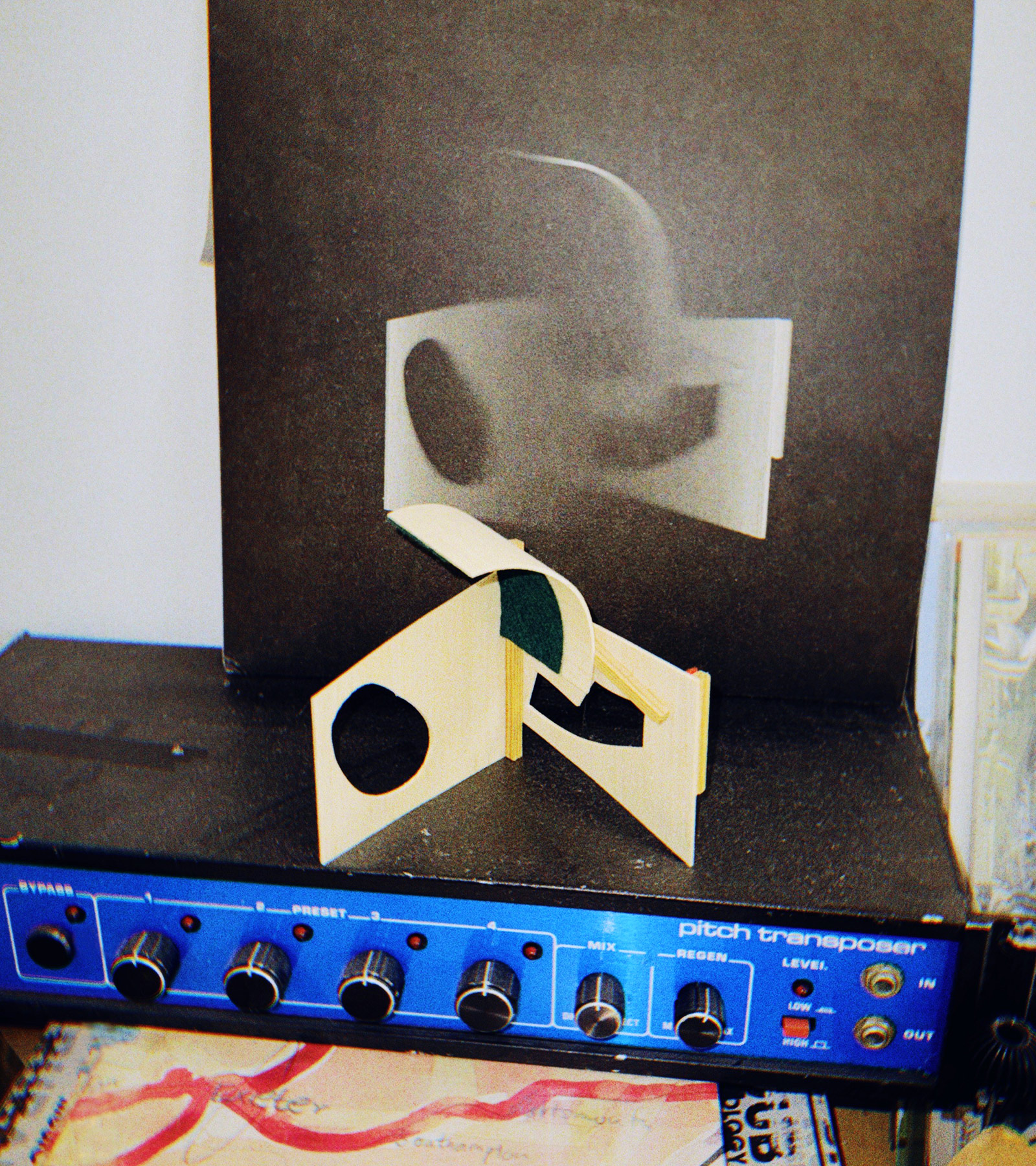

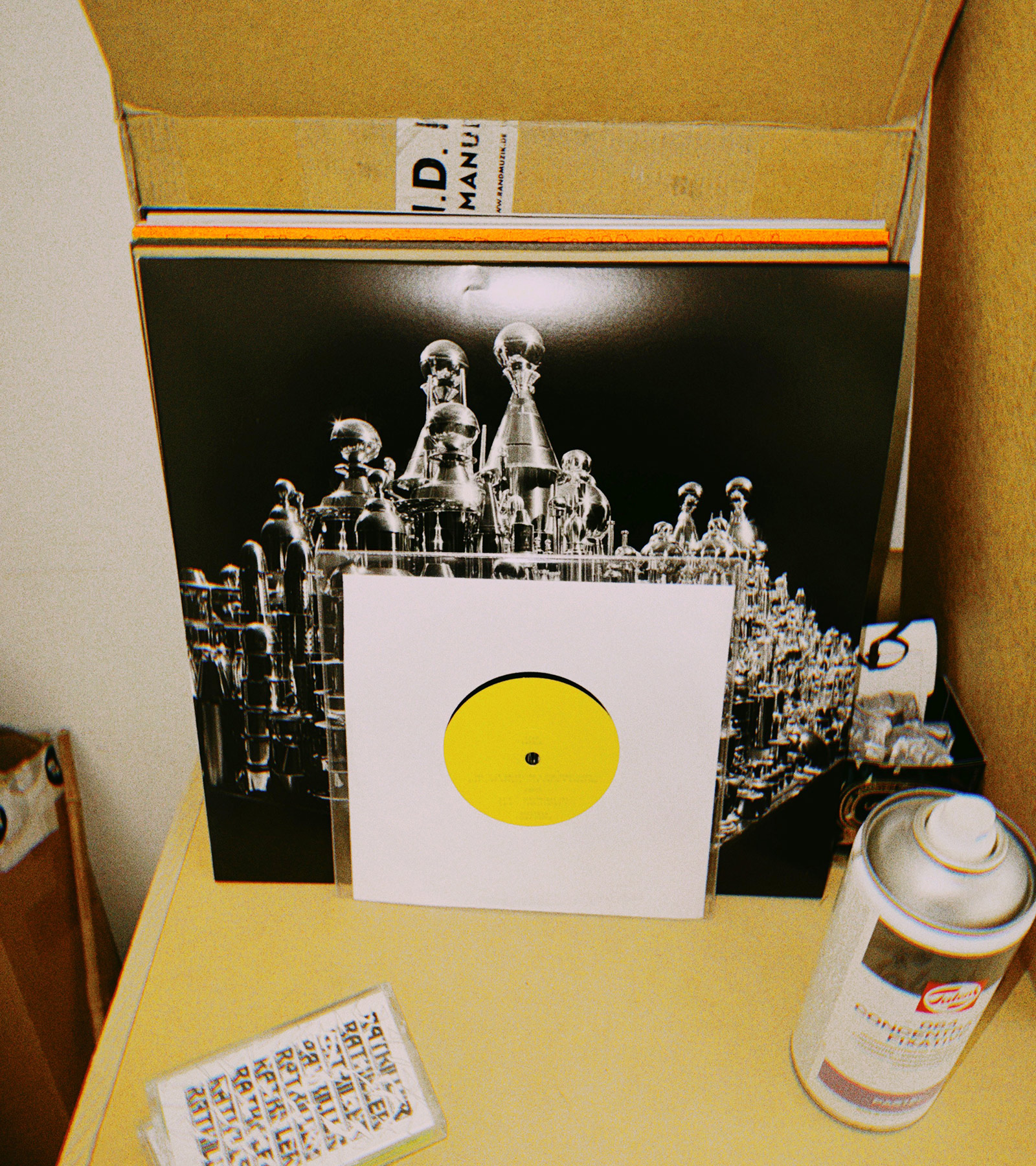
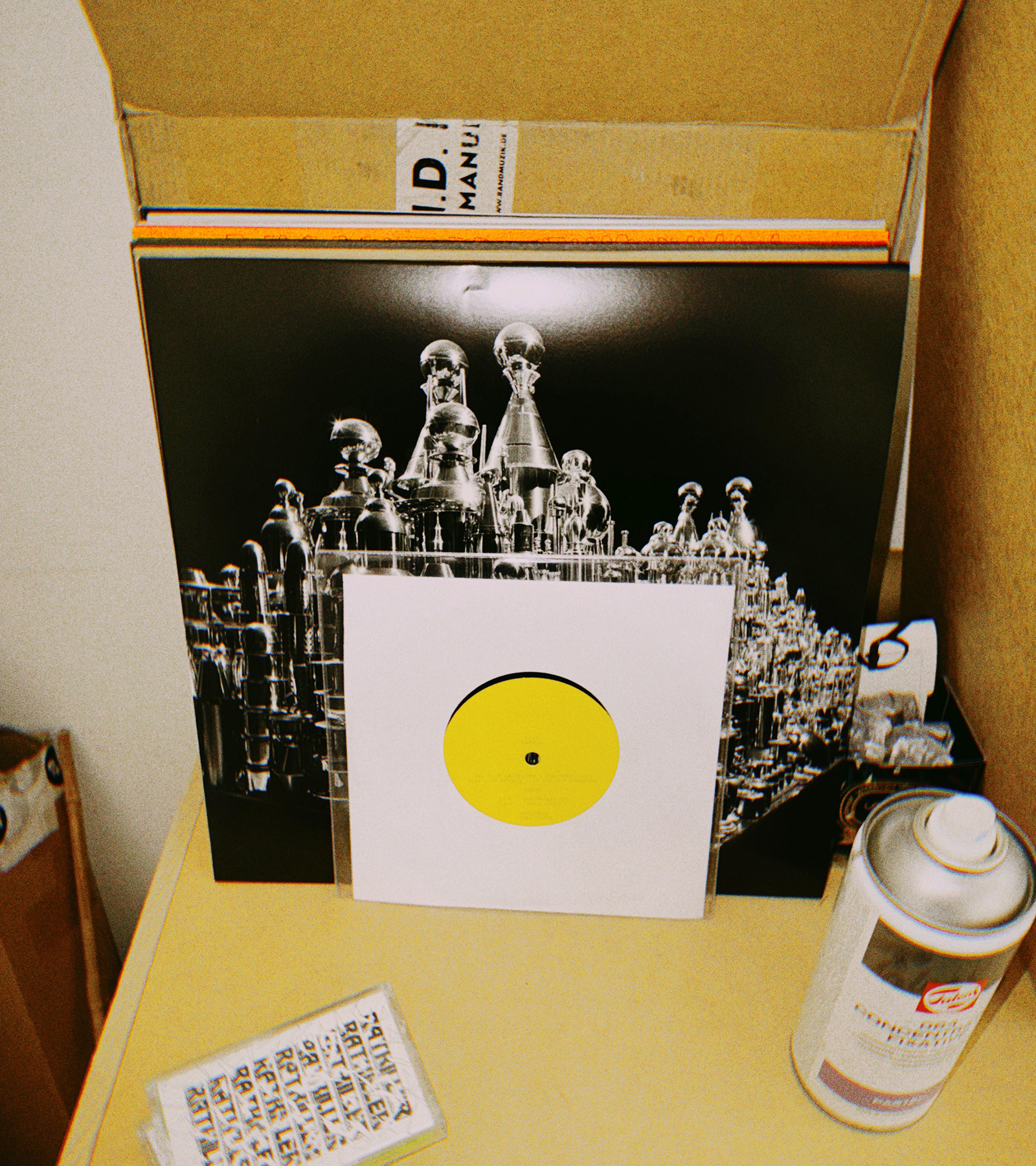
Q. You seem to publish your music with a lot of care. Is there a philosophy behind it?
A. Hmmm, maybe. I do think that not every track you record needs to be put out there. I mainly do it for my own pleasure, it’s rather private and more of a personal investigation.
Q. You released your first vinyl releases via your label Rets Records, while then going on to Jon Rust’s label Levels, or Vienna's International Major Label, just to finally release an EP and two albums on Orpheu The Wizard’s Wake Dream label. If you look at your career, did you dream it like this and what would call some pivotal moments, that shaped you as an artist?
A. Career is a big word and I think I don’t have much to do with it. I’m just happy that I’ve stayed true to myself and also have been patient enough to find the people who believe in the music I make and want to support it. One pivotal moment was when I just put out the first records myself. After this, Daniel (Feater) who ran a vintage gear shop in Vienna and with whom We became really close friends, started IML and put out one 7” (Halli/Uttu) of mine which seemed to trigger people. Jon Rust was one massive supporter of that record, but we also had become close friends through DJing so then Levels 12” (Kiiged) happened which also took my music to new audiences and maybe also slightly towards the club context.
I think the relationship with Orpheu also started because of that little 7” record from IML. So, after Levels, there were few other records released until I gave Orpheu a compilation of leftover tracks, to which he responded that he had always wanted to run his own label, but never really found the music to put out, but that this is the one. That coming from him was the best compliment to my music. I’m forever grateful that he has been such a strong support, and also an amazing and inspiring friend.
Q. What are your main compositional and production challenges?
A. Pheew! I mean production-wise I work very raw and primitively. I’ve never used MIDI, sequenced or clocked anything. Don’t get me wrong, it’s not a stance or a pose, I’m just too impatient with learning technology, and just want to explore things playfully and on my own terms and angle. So, for me, there’s a whole new world out there if I start using a mixer and get myself a sequencer or sync some machines. But I’m kind of happy with the method and chain I’ve developed and I’m not anxious about being professional. I’m more into art brut. From a compositional point of view, I think I might have also exhausted my approach and would want to explore ways of contrasting the synthetic sounds with more airwave-generated signals and work with layered voices.
Q. As a producer, what's your perspective on the relationship between music and technology, and what does your production environment look like? Do you work a lot with software or more with hardware or other equipment?
A. My relationship with technology is very superficial and not one of conceptual interrogation or critique. As mentioned earlier, I work very primitively. It’s very hands-on, just a lot of old gear and a mess of cables. I applied all the EFX in hardware already before recording and might tweak them in real-time, but I don’t manipulate or arrange much digitally after. I use a computer basically only for tracking and editing, not really for production. Everything happens during the moment of the recording.
Q. What exciting projects do you currently have in the pipeline?
A. At the moment it’s a bit of a time off from the machines after the release of the album. Taking a holiday and making kites is heavy in the pipeline. Later this year there’s a 12” coming out on the great Mida label.
Q. What was your process in selecting the tracks for your EDWIN MUSIC CHANNEL MIX?
A. I didn’t go in with a bigger plan, apart from always trying to share some new and old Estonian music. I picked records on the go that were lying around close and were just going along where it led. But I think it turned out like a trip through a portal into a delirious midsummer solstice in the countryside with folk singers and melting drum machines, bassy worms and little synth bugs flying around. It’s endlessly bright and never gets dark.
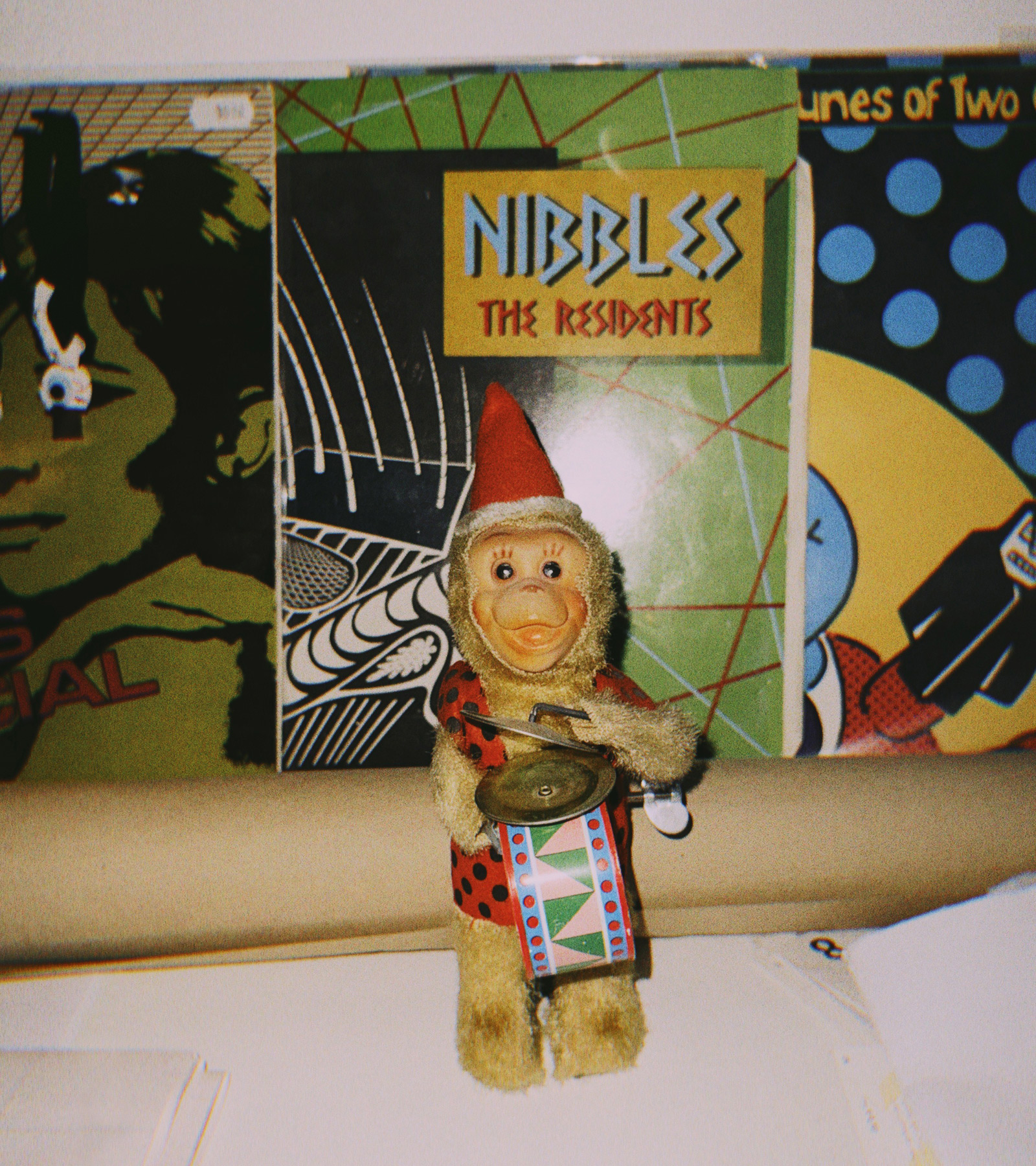

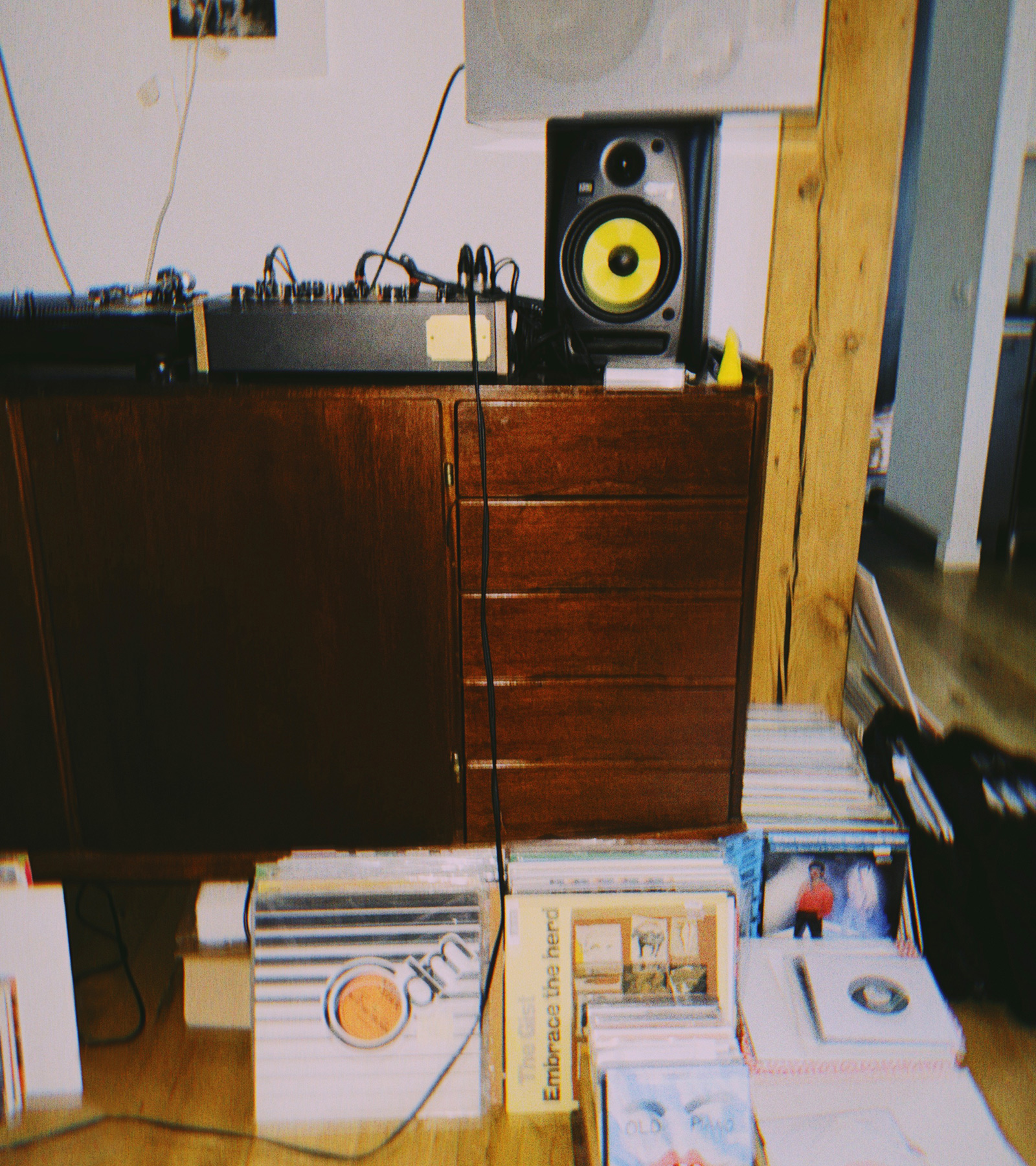
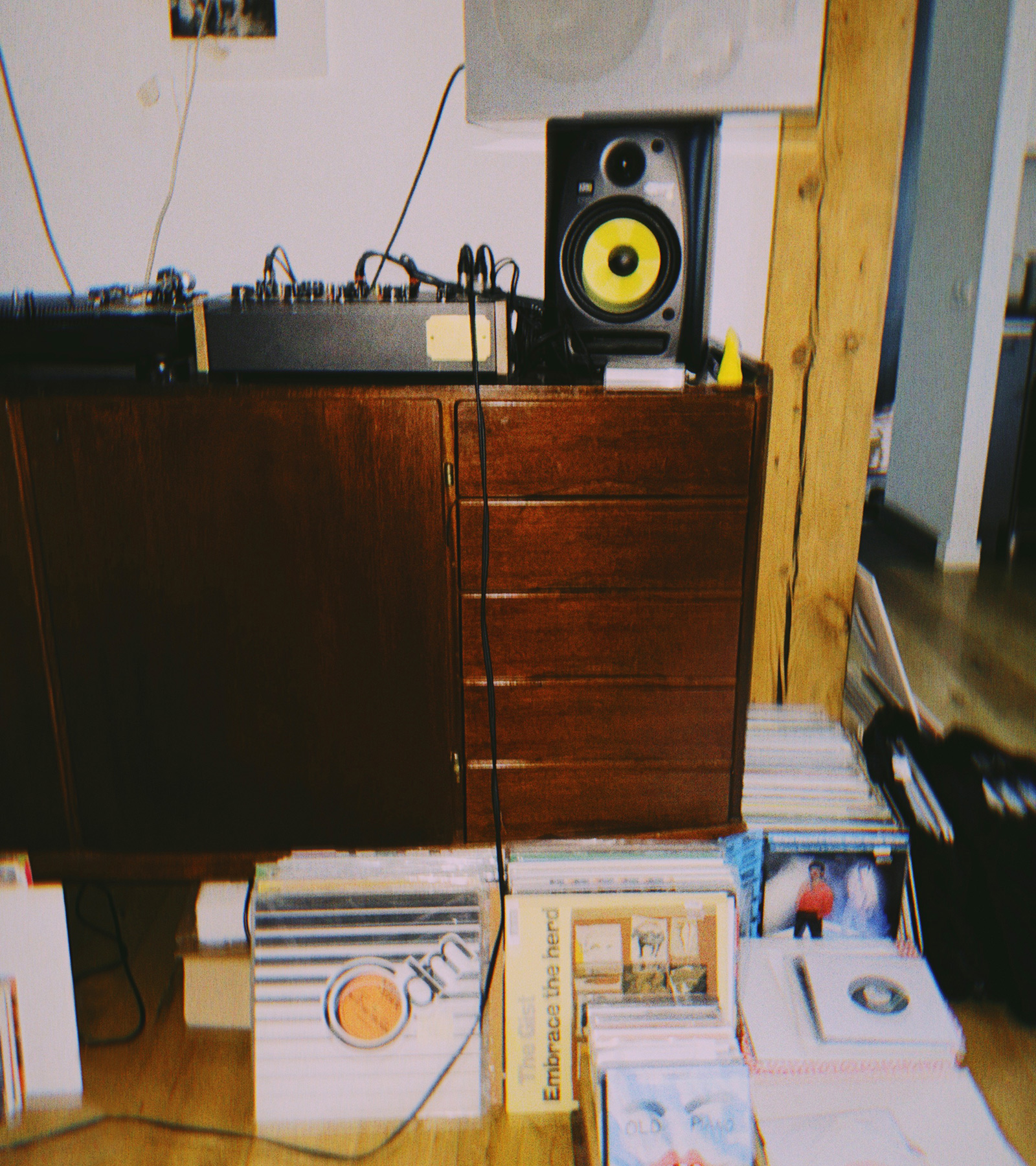
Q. Can you name us a track that's been unfairly slept on in the last month?
A. Steve Spacek - Dancing in the Light
Q. How does living in Amsterdam shape the atmosphere of your music?
A. There are of course a lot of great record shops that feed the musical appetite for every taste bud. In that context much respect to James at Redlight Records doing the best catering. It’s also the cave where a lot of heads stop by for a good chat and drink. Always fun and informative. And in general, there’s a diverse and culturally rich scene with so many great labels, musicians, DJs around and event series taking place. But personally, since my space for recording music has always been in Tallinn, I think it’s the environment that actually got under my skin.
Ruutu Poiss – Edwin Mix 127
Skylla - Often They Came To Visit, Even Just To See How She Was
Misha Panfilov - Põhjast Pinnani
Elektrio - Eidekene Ketrab
DJ 2Beers - So Low It Hurtz
Pyrolator - Im Zoo
Newworldaquarium - Lovin' U
Ajukaja & Ats - Swim
M.C.P. - Windfall
Hidden Operator -So High (Tapes remix)
Ruutu Poiss - Mari
The Hieroglyphic Being Experience - John Heckle Signal To Noise Re:Vision
Nikolajev - Legodub
Memotone - How Was Your Life
Shielding - Ivanchai